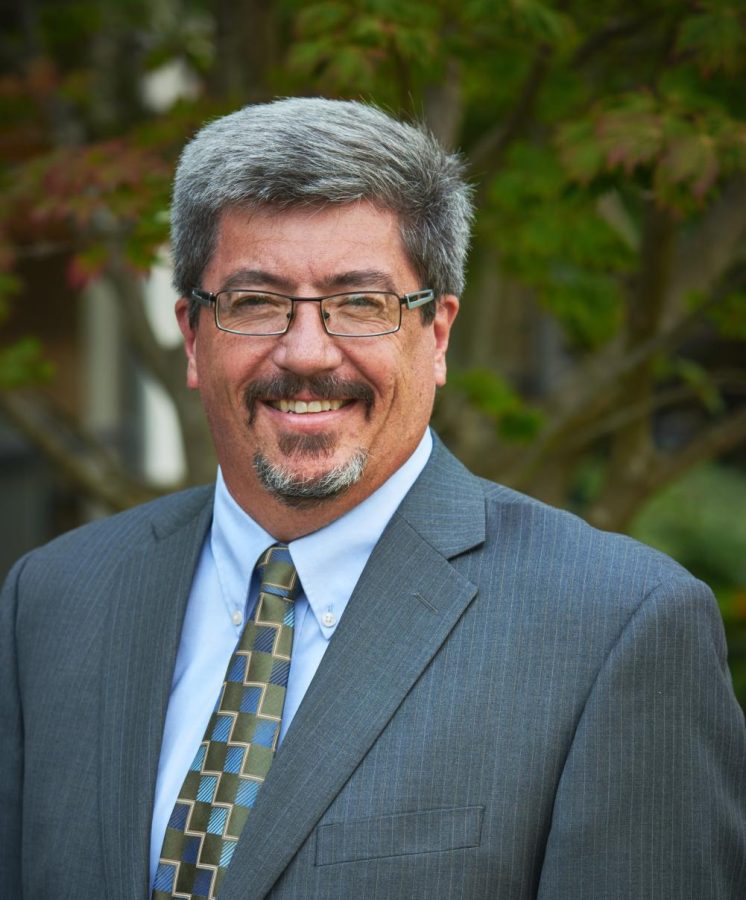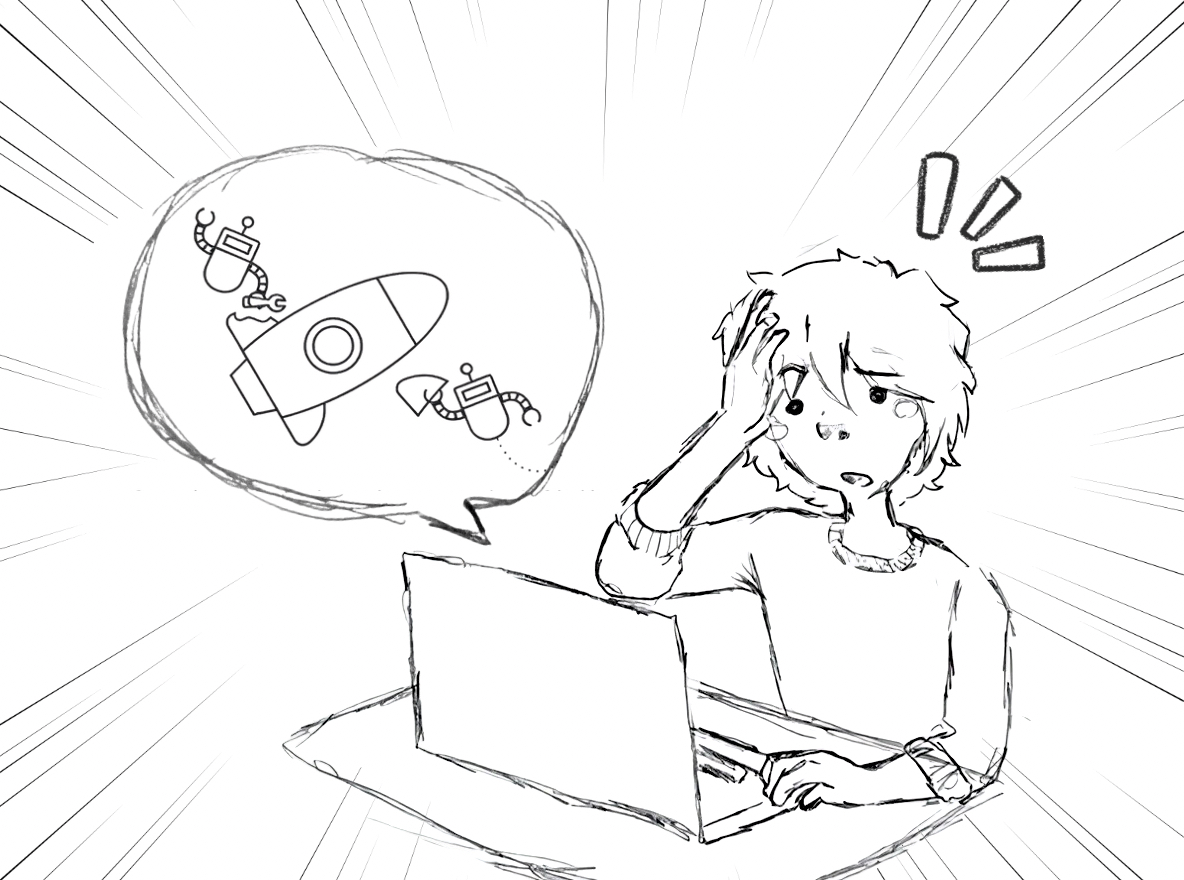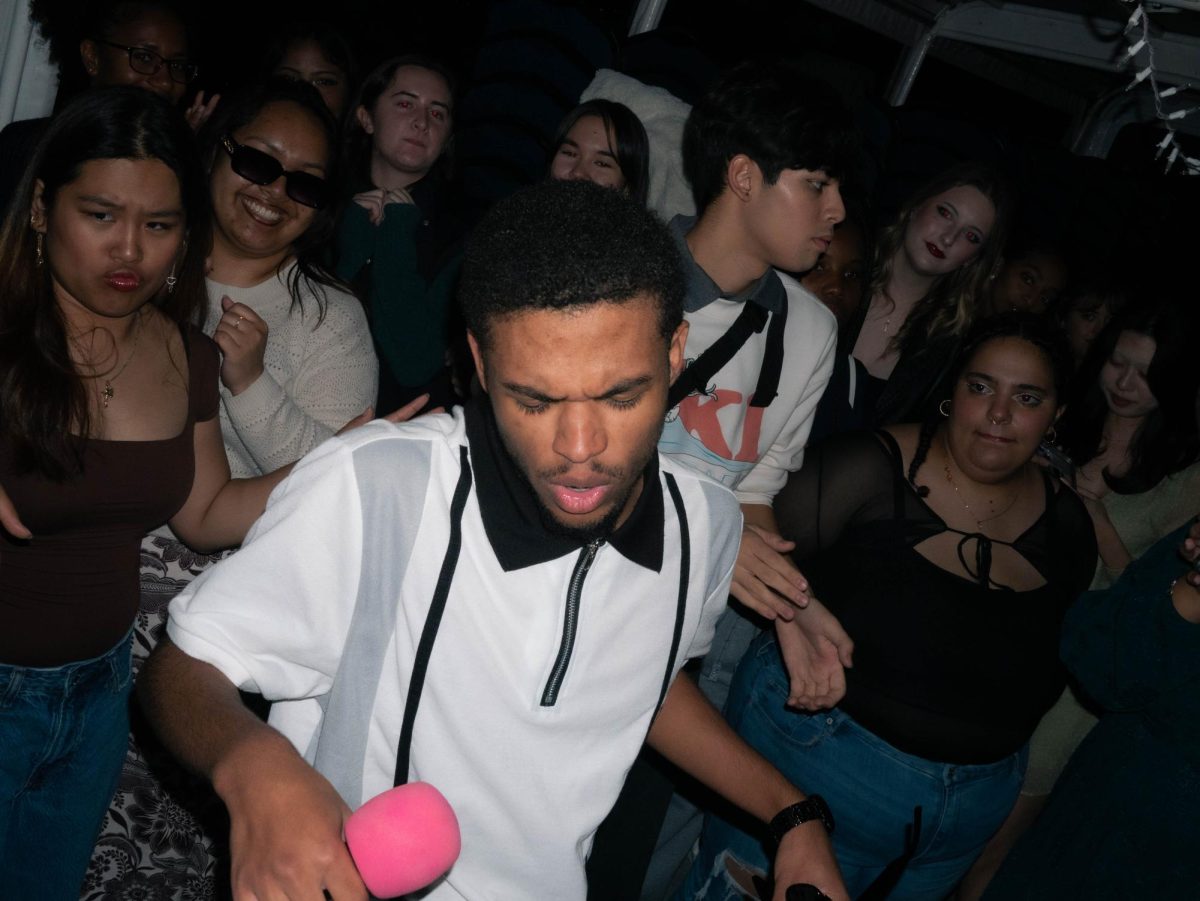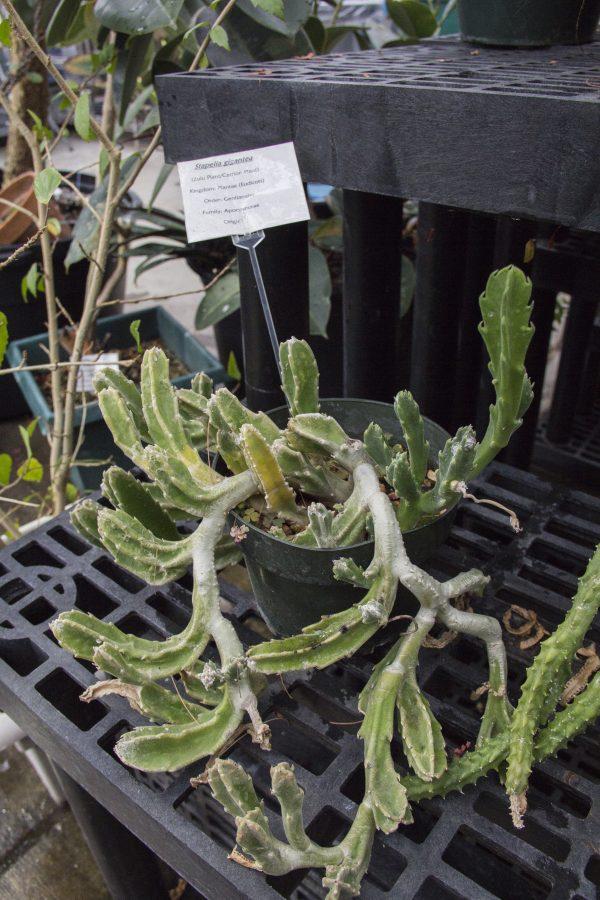SPU’s own multi-faceted oasis
A small, glass enclosure looks over campus from atop Eaton Hall.
Within its walls, plants and trees of all sizes grow from every corner. A koi pond sits in the middle of the room, a pool of water amidst clusters of plants.
The sun radiates against the glass walls, illuminating the inside and providing a steady warmth. A small office rests in the back corner, a tall table overlooks the campus and greenery covers nearly every other square inch of the space.
This tiny oasis is the greenhouse, a space funded by the biology department for the benefit of the entire campus community.
Despite its small appearance, the greenhouse has made a big difference in the education of students from every department and major.
“I haven’t seen another school with something like this, so I think it’s awesome,” Haley Ballard, the student caretaker of the greenhouse, said.
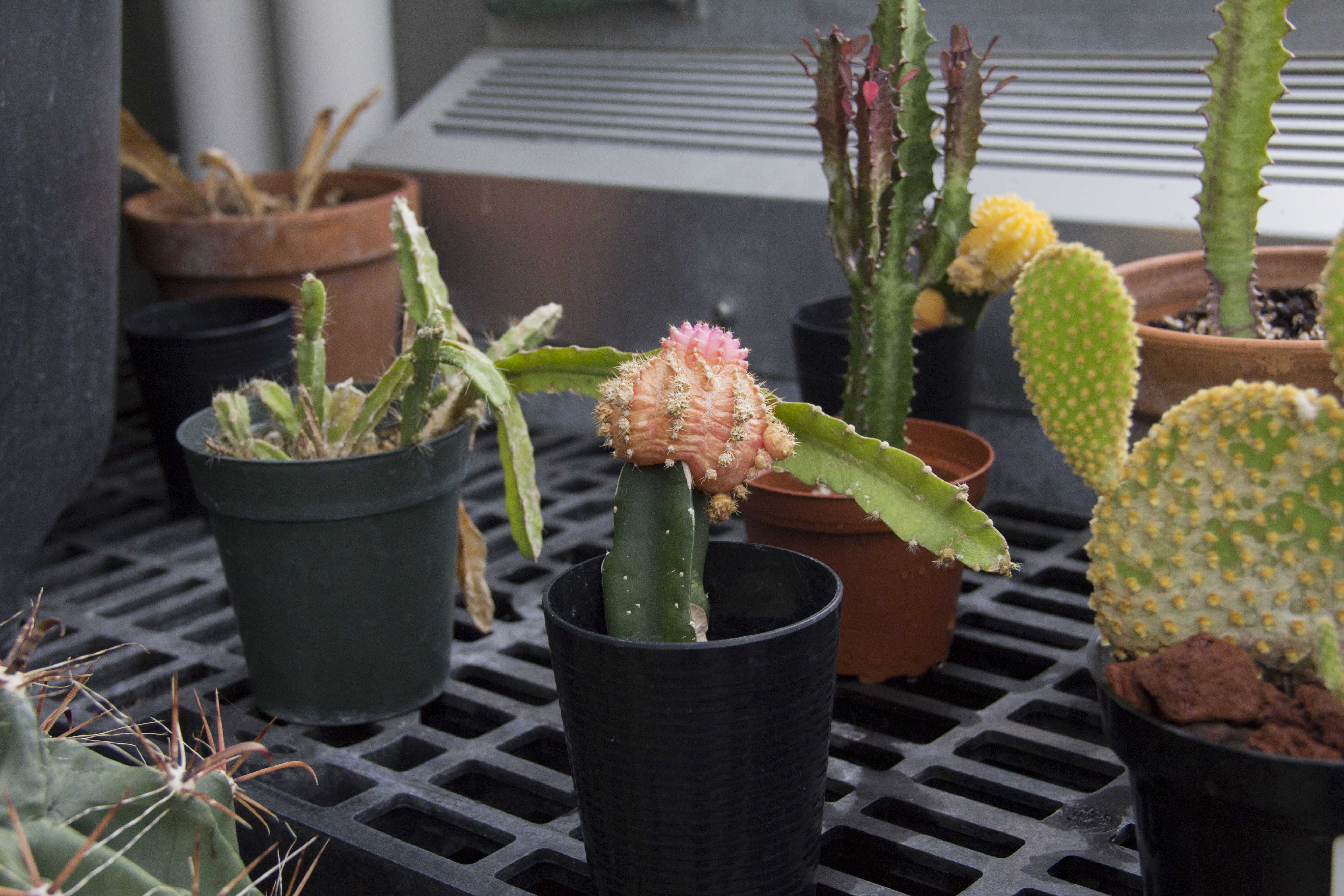
The greenhouse opened in 2003 as a research laboratory and teaching space. Natural sunlight streams into the glass-walled space, but a fully automated system ensures that the plants maintain a steady temperature, soil moisture, light and humidity.
Ballard, a senior, maintains the greenhouse on a daily basis. Ballard ensures that the plants stay watered and fertilized, watching over them from her office within the greenhouse.
Before she began working in the greenhouse, however, Ballard spent many class periods learning from the plants that grow within it.
“I took a plant taxonomy class, so we’d come in here and practice using the terminology that we were learning in the class to apply it to the leaf structures of certain plants and what family of plants they would fall under,” Ballard said.
The greenhouse is often used as a teaching tool, but not only for the science department.
Classes from a variety of different departments utilize the greenhouse to apply their learning in new ways.
“Last quarter we had an art class come in to do painting using plants instead of people,” Ballard said.
“We had a business class come in to learn about how growing food is incorporated into business.”
The students who come through the greenhouse are able to apply their classroom knowledge to a natural environment.
Between art and economics, the plants have served as teaching tools and bridge builders between different concentrations.
Ballard, whose interests lies in the world of science, enjoys interacting with different students and learning from their experiences with the greenhouse, which differ from her own.
“Working with the art students was great because I am not artistic and watching them paint made me think ‘Wow, I would have never expected that people could use this space like that,’ and it’s really cool,” Ballard said.
The greenhouse also serves a purpose beyond academics. Ballard explains that many people just go to the greenhouse to “chill and hang out in there.”
The greenhouse is open from 3 p.m. to 5 p.m. on Thursdays and from 12 p.m. to 2 p.m. every other weekday. Students are encouraged to come to the greenhouse and spend a study break immersed in the greenery.

On a rainy, winter day, the greenhouse serves as an escape from the gloomy, grey skies and allows students to enter into a tropical climate filled with blooming plants and new discoveries.
For people who are not able to make it to the greenhouse for a class or a study break, there are other opportunities to engage with the plant life.
Once a quarter, the greenhouse hosts a plant sale for students wishing to bring some greenery to their home or dorm.
“We bring in a bunch of stuff and people can come buy it and all the profits go to a charity that we pick at the end of that,” Ballard said.
The greenhouse, through classwork and community work, brings disciplines together into one, glass-covered community.
Whether it is biology or business, the space allows students to engage with their class work in a meaningful way.

